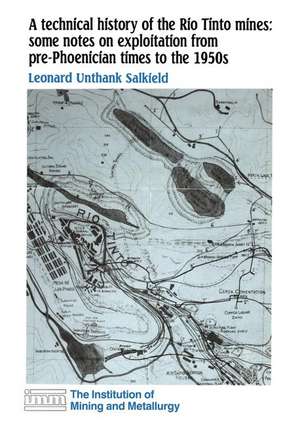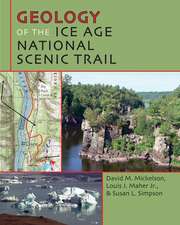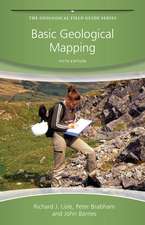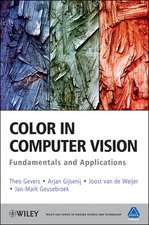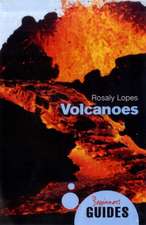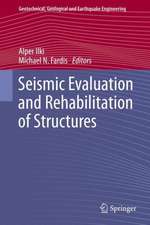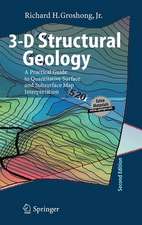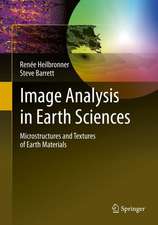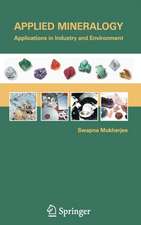A technical history of the Rio Tinto mines: some notes on exploitation from pre-Phoenician times to the 1950s
Autor L. U. Salkielden Limba Engleză Hardback – 30 iun 1987
| Toate formatele și edițiile | Preț | Express |
|---|---|---|
| Paperback (1) | 996.78 lei 6-8 săpt. | |
| SPRINGER NETHERLANDS – 23 aug 2014 | 996.78 lei 6-8 săpt. | |
| Hardback (1) | 941.50 lei 6-8 săpt. | |
| SPRINGER NETHERLANDS – 30 iun 1987 | 941.50 lei 6-8 săpt. |
Preț: 941.50 lei
Preț vechi: 1148.18 lei
-18% Nou
Puncte Express: 1412
Preț estimativ în valută:
180.19€ • 187.40$ • 150.79£
180.19€ • 187.40$ • 150.79£
Carte tipărită la comandă
Livrare economică 14-28 martie
Preluare comenzi: 021 569.72.76
Specificații
ISBN-13: 9780900488955
ISBN-10: 0900488956
Pagini: 116
Ilustrații: X, 116 p. 147 illus.
Dimensiuni: 210 x 297 x 7 mm
Greutate: 0.33 kg
Ediția:1987
Editura: SPRINGER NETHERLANDS
Colecția Springer
Locul publicării:Dordrecht, Netherlands
ISBN-10: 0900488956
Pagini: 116
Ilustrații: X, 116 p. 147 illus.
Dimensiuni: 210 x 297 x 7 mm
Greutate: 0.33 kg
Ediția:1987
Editura: SPRINGER NETHERLANDS
Colecția Springer
Locul publicării:Dordrecht, Netherlands
Public țintă
ResearchCuprins
1 The pre-Roman period.- 2 The Roman period.- 3 From rediscovery in the sixteenth century until the eighteenth century.- 4 The mines under Government control.- 5 Private control, 1829–49, the Marquis de Remisa.- 6 The mines returned to Government control, 1849–73.- 7 Early mining operations of The Rio Tinto Company Limited.- 8 Early metallurgical operations of RTC.- 9 Infrastructure for the RTC operations.- 10 Mining at San Dionisio and North Lode.- 11 Ore classification and preparation for shipment.- 12 Hydrometallurgical development.- 13 Pyrometallurgical development.- 14 Sulphur production — the Orkla process.- 15 Miscellaneous activities.- Appendices.- 1 Roman activity elsewhere in the Iberian Peninsula.- 2 Translation of report by Diego Delgado.- 3 Report of 1727 by Robert Shee.- 4 Copper production 1829–1849.- 5 Commentaries relating to the Remisa era.- 6 Copper production 1849–72.- 7 Formation and corporate evolution of The Rio Tinto Company Ltd.- 8 Environmental — land, forestry and farming.- 9 Fundición Mina — furnace charge 1880–1889.- 10 The Bessemer smelter and its operations 1901–14.- 11 Pyritic smelting — furnace charge 1913.- 12 Summary of production and manpower during the period of RTC operations, 1874–1954.- References.
